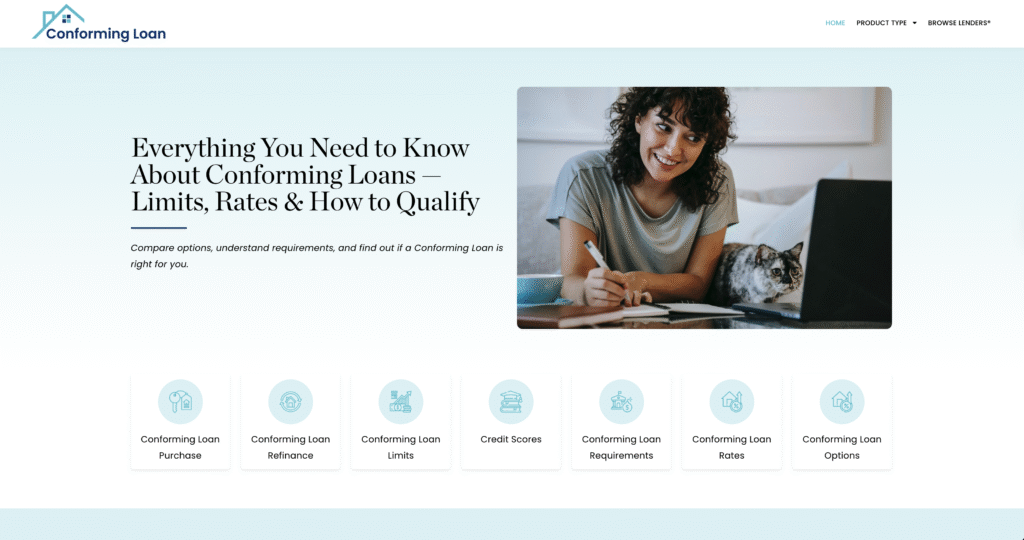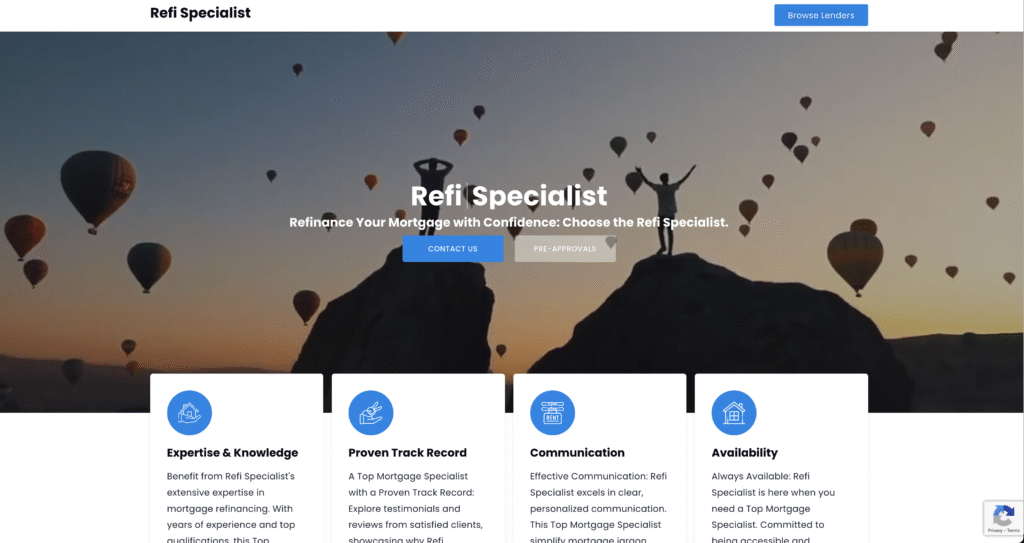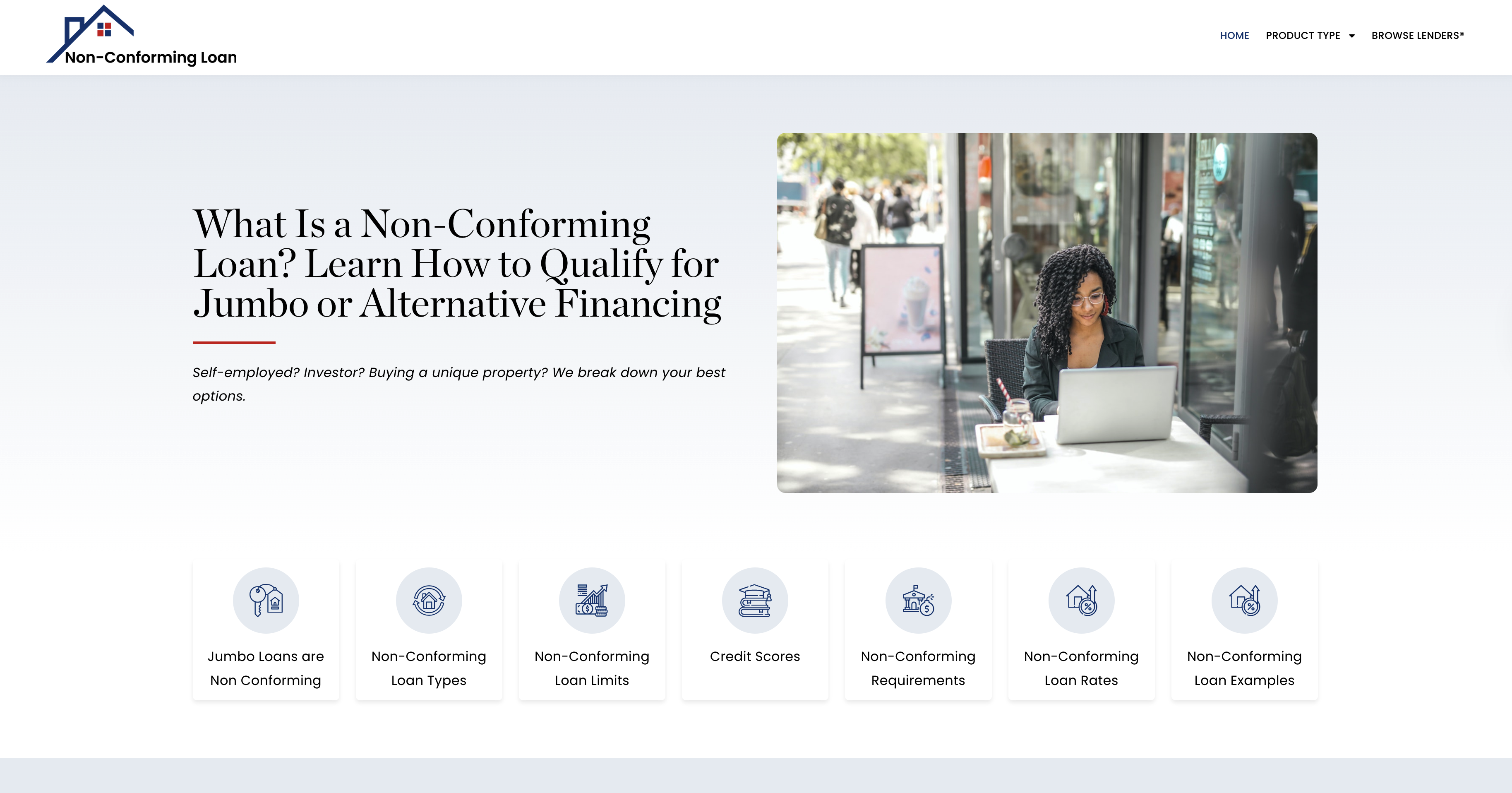Mortgage Affordability Estimator: Understand what home price you can afford based on your Middle Credit Score® and income.
Understanding what you can afford is the first critical step in the home buying process. This estimator is designed to help you see how your Middle Credit Score®, current income, and existing debts impact the size of the mortgage you may qualify for—and the kind of home you can realistically afford.
Why It Matters
Affordability isn’t just about how much you make—it’s about how your income, debts, credit score, and interest rate come together to influence what you can borrow. Most lenders use your Middle Credit Score® to determine not only whether you qualify, but also the rate and terms you receive. A difference of 70 points in your credit score could save or cost you tens of thousands of dollars in interest payments over the life of a loan.
Many first-time buyers don’t realize that interest rates aren’t one-size-fits-all. For example, someone with a 620 score might receive a rate 1.5–2.0% higher than someone with a 760 score. That interest rate difference could result in a monthly mortgage payment that’s hundreds of dollars more—without changing the house price.
Your Middle Credit Score® also affects your ability to qualify for certain programs, such as FHA, VA, USDA, or conventional loans with reduced down payment options. Improving your score gives you more options and flexibility.
How This Estimator Works
To give you a reliable estimate, the tool considers these factors:
- Gross Monthly Income – Your income before taxes and deductions.
- Monthly Debt Payments – Recurring obligations such as credit cards, auto loans, student loans, personal loans, etc.
- Middle Credit Score® – The score used by most mortgage lenders to determine your risk tier.
- Down Payment – Cash on hand you plan to use toward the purchase price.
- Estimated Interest Rate – Based on your credit score and current market conditions.
- Loan Term – Most commonly 30 years, but 15- and 20-year options are also available.
Using these inputs, the estimator calculates your maximum allowable monthly mortgage payment based on your lender’s preferred Debt-to-Income (DTI) ratio, then backs into an affordable home price based on today’s interest rate environment.
Understanding Debt-to-Income Ratio (DTI)
Most lenders follow a 43% rule. This means that all your monthly debts—including your future mortgage payment—should not exceed 43% of your gross monthly income. This includes:
- Mortgage principal and interest
- Property taxes
- Homeowner’s insurance
- HOA dues (if applicable)
- Credit card minimum payments
- Auto, student, and personal loan payments
Keeping your DTI low makes you more attractive to lenders and improves your chances of approval.
Step-by-Step Example Using Erin Caldwell’s Profile
Let’s walk through a realistic example using Erin Caldwell’s data (from the case study):
- Gross Monthly Income: $5,083
- Monthly Debt: $400
- Middle Credit Score®: 661
- Estimated Interest Rate: 6.25% (based on her score)
- Down Payment: $8,000
- DTI Limit: 43%
Step 1: Calculate Max Monthly Housing Expense
43% of $5,083 = $2,185 max allowed for all debt. Subtract $400 in monthly non-mortgage debt = $1,785 available for mortgage.
Step 2: Translate Mortgage Budget Into Home Price
If $1,785/month covers:
- Mortgage principal and interest
- Taxes and insurance (estimated at ~$300/month combined)
Then $1,485 remains for P&I. At a 6.25% interest rate, that budget allows for:
- ~$615 per $100,000 borrowed
- $1,485 ÷ 615 = 2.41 → ~$241,000 mortgage budget Add $8,000 down payment = estimated home price: $249,000
Affordability Tiers Based on Credit Score
Here’s how credit scores might influence what you can afford based on a fixed monthly housing budget of $1,800:
| Middle Credit Score® | Estimated Rate | Monthly Payment per $100k | Approx. Loan Amount | Home Price (with $8k down) |
|---|---|---|---|---|
| 580 | 8.25% | $750 | $240,000 | $248,000 |
| 620 | 7.25% | $685 | $262,000 | $270,000 |
| 660 | 6.25% | $615 | $293,000 | $301,000 |
| 700 | 5.75% | $585 | $308,000 | $316,000 |
| 740+ | 5.25% | $552 | $326,000 | $334,000 |
Improving your Middle Credit Score® by 60 points could increase your purchasing power by nearly $100,000 without increasing your monthly payment.
Affordability is About More Than Price
Your mortgage payment includes more than the cost of the house. Consider these components:
- Principal – What you borrow
- Interest – What you pay to borrow
- Taxes – Assessed annually and vary by location
- Insurance – Protects your home and is required by lenders
- PMI – If your down payment is below 20%, lenders may charge Private Mortgage Insurance
Understanding these elements ensures you’re not caught off guard by a monthly payment that’s higher than expected.
Factors That Improve Affordability
- Boosting Your Middle Credit Score® – The single most effective way to reduce your interest rate.
- Paying Off Debt – Lowers your DTI and increases the amount you can spend on housing.
- Increasing Your Income – Overtime, bonuses, side gigs, or a second income source can help.
- Down Payment Assistance – Grants or forgivable loans can reduce your loan size and monthly cost.
- Choosing a Longer Loan Term – A 30-year loan has smaller monthly payments than a 15-year one.
- Lower-Cost Markets – Exploring different zip codes can uncover more affordable listings.
Common Mistakes to Avoid
- Overestimating what you can afford based on pre-approval alone.
- Forgetting about taxes, insurance, HOA fees, and maintenance.
- Not factoring in lifestyle changes or job stability.
- Focusing only on price and ignoring long-term affordability.
Remember: Just because a lender will loan it to you, doesn’t mean you should take it.
Pro Tip: Use the Estimator Regularly
Your financial profile changes monthly. Check your affordability every 3–6 months as you:
- Pay off credit card balances
- Increase savings
- Improve your credit score
Seeing your numbers improve reinforces your progress and keeps you motivated.
The Mortgage Affordability Estimator is more than a calculator—it’s a planning tool. When used with awareness of your Middle Credit Score®, it can help you:
- Set realistic home buying expectations
- Avoid stretching your budget too thin
- Prepare for lender conversations
- Achieve homeownership with confidence
Whether you’re 3 months or 3 years from buying, understanding what you can afford is key to setting the right goals and timelines.
Middle Credit Score® Support Center
Browse Lenders® – Speak with a Lending Expert






